In a world where the line between male and female is increasingly blurred, jewelry marketers must learn how to speak to a gender-fluid audience.
The fashion and jewelry industry floors are littered with unintentional marketing gaffes — religious, racial and cultural. It’s hard to forget Bulgari’s Chinese Year of the Pig campaign featuring miniature swine wearing jewelry with the tagline “Be my bright JEW in the palm.” While the luxury brand meant it as a cute play on the Chinese word “zhu,” meaning “pig,” the unintentional religious insensitivity angered many. Meanwhile, Gucci’s not-as-appealing-as-intended balaclava sweater was swiftly removed from shelves following a backlash over its resemblance to blackface, and Dolce & Gabbana provoked a public relations scandal with a culturally inappropriate ad of a Chinese woman trying to eat spaghetti and pizza with chopsticks. While brands have used these examples as a learning experience, there is another area that may present advertising pitfalls: gender.
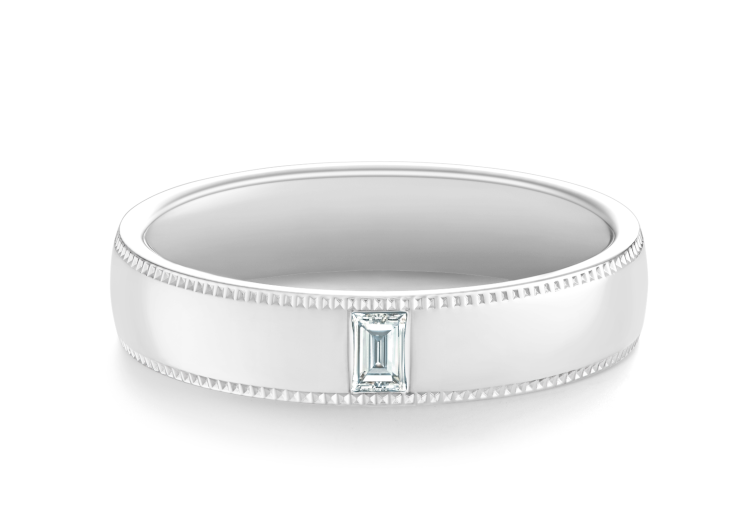
Shades of grey
In the past, companies have seen success with ads that target a particular gender group, such as Dr. Pepper’s launch of a diet soda specifically for men, or Old Spice deodorant’s “Smell Like a Man” campaign. But today, such black-and-white distinctions have given way to shades of grey. Research shows that millennials and Generation Z tend to blur the lines when it comes to gender. In a 2019 study by public-opinion specialist Ipsos, 34% of Americans and 40% of global respondents disagreed with the statement that there are only two genders — male and female — rather than a range of gender identities. In December 2020, 51% of consumers said they liked seeing brands explore gender bending, according to a survey by market research company Mintel. “As the gender-spectrum paradigm continues to become more mainstream, brands must understand this framework and how it impacts the gender identity and expression of all consumers,” said Mintel senior analyst Lisa Dubina at the time. Even Barbie has gotten in on the action. Last year, the classic toy’s creator, Mattel, released its first gender-fluid doll line, complete with changeable hairstyle lengths and diverse fashion options. “Toys are a reflection of culture, and as the world continues to celebrate the positive impact of inclusivity, we felt it was time to create a doll line free of labels,” says Kim Culmore, senior vice president of Mattel Fashion Doll Design.
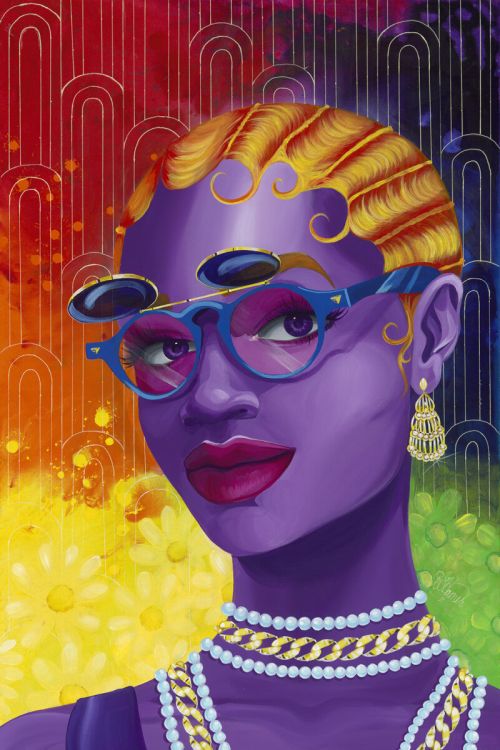
Classifying by not classifying
What does this emerging gender fluidity mean for the jewelry industry, which has long been mired in traditional gender norms? “The younger generation, from millennials to Gen Z, are more experimental in many aspects of sexuality, in their way of dressing and expressing their individuality,” says Paola De Luca, founder of luxury trend forecaster The Futurist. “As jewelers, we can’t say yes or no; it’s what is. We have to follow consumer trends, and marketing has to adapt. If the world is going in that direction, we have to follow. And here, semantics is very important. The new classification is not classifying.” Ben Bridge Jewelers has noticed this trend toward less distinct gender boundaries and has taken steps to adjust its advertising, says Stacy Speicher, vice president of marketing and commerce for the Seattle, Washington-based chain. “We think about this a lot,” she remarks. “We know that people want to see themselves in our marketing, and so inclusivity is one of our core values for sure. When it comes to marketing from a gender perspective, I would say, honestly, it’s becoming less and less necessary to designate female or male, because people wear jewelry for joyous occasions, and whatever speaks to them is the right piece for them. I think having those labels is definitely less important than it’s ever been.”
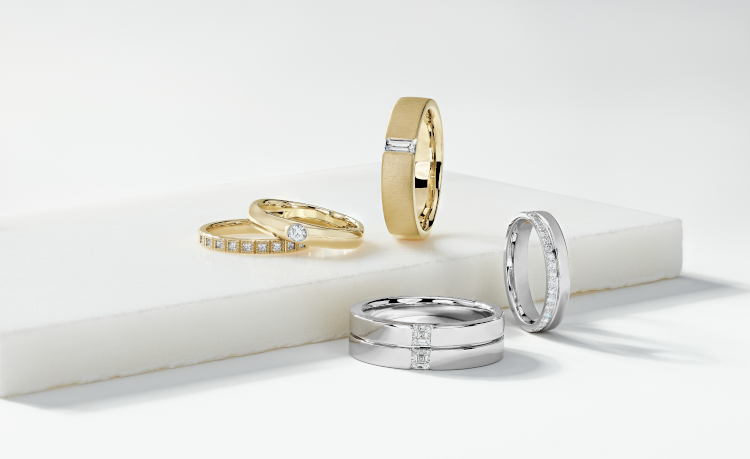
Tilting the balance
The erasing of gender-identity lines has been in motion for a number of years, but until recently, it wasn’t considered a significant trend in fashion marketing. Many experts point to the December 2020 cover of Vogue, which depicted singer Harry Styles in a ruffled dress and traditional women’s jewelry, as a defining moment in tilting the balance.
“People want to see a broad base of looks and express their personal style,” says Theresa Palermo, vice president of marketing for Signet Jewelers banners Kay, Zales and Peoples. “Harry Styles wearing a dress on the cover of Vogue is a great example of that. Three weeks later, he might be in a more traditional male outfit. So he’s using gender as a way to express himself, and jewelry is just another way for the consumer to really have a broad base of self-expression, regardless of gender.” De Beers, meanwhile, does not see this trend as something completely new, but more a broadening of what already existed. “Diamond jewelry has a unique advantage because classic designs can easily be worn by both women and men, such as tennis bracelets, studs and rings,” the company notes. “Historically, men have always worn jewelry. However this is a trend that perhaps has been more sedated until recently, where the codes governing masculinity have been loosening and men are experimenting and becoming increasingly adventurous, both in more traditional male [jewelry and in] androgynous designs.”
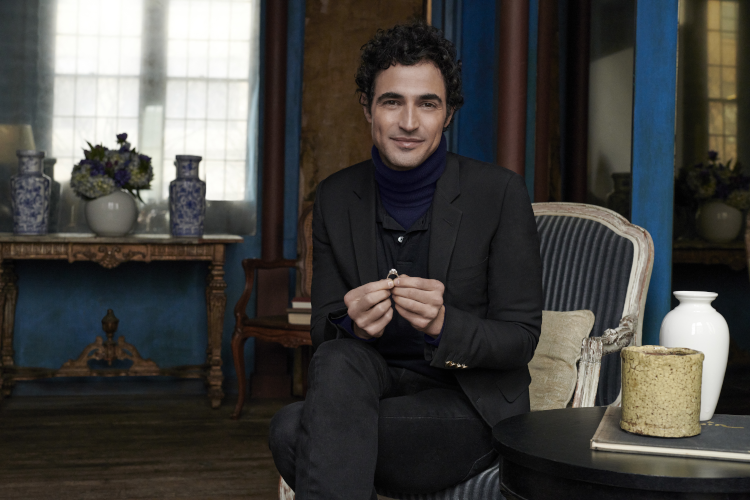
A new language
Marketing in a gender-fluid way isn’t difficult, but it also isn’t simple, says De Luca. There’s no one correct method or quick trick to getting it right; every company has to figure out the best way to move forward based on their location and target audience. For brands that operate in a more conservative environment, marketing jewelry as a lifestyle rather than simply a product can be helpful. Instead of using the term “gender-fluid” or similar, for instance, the brand might run images of a man wearing the jewelry in a luxury setting, letting the pictures speak for themselves. For others, it might be enough to add a third category alongside men’s and women’s. “I would introduce a new language, ‘designed for all,’ which can make everyone happy,” De Luca suggests. The category can feature some of the same products that are in the men’s and women’s segments, but allows customers to choose how they want to shop.”
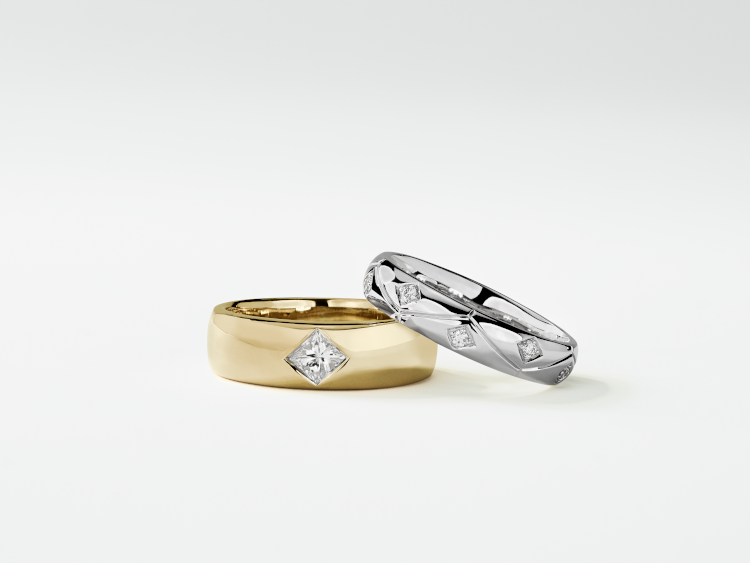
Crafting the right collections
Retailers have made strides in revamping their marketing and products to reflect the audience that buys their jewelry. In May, Tiffany & Co. launched its first line of engagement rings for men, while in June, online jeweler Blue Nile debuted a non-gendered collection of wedding bands and engagement rings by designer Zac Posen. “More and more, we are seeing a growing demand for inclusive jewelry pieces that symbolize love and commitment in all forms,” says Katie Zimmerman, chief merchandising officer for Blue Nile. Meanwhile, Signet is debuting a campaign this year that tweaks a classic slogan to fit the current climate. “We plan to take the iconic ‘Every Kiss Begins with Kay’ and really reimagine it to be just every kiss, with the goal of celebrating how we embrace every kind of kiss within a community,” says Palermo. De Beers, for its part, believes a picture is worth a thousand words. In March, the company introduced Chinese singer and songwriter Cai Xukun (Kun) as the newest ambassador for De Beers Jewellers. The print campaign features Kun wearing the company’s Dewdrop and Enchanted Lotus collections, which have classically been worn by women. “[The campaign] shows that our jewelry can be worn by either women or men, depending on personal taste,” says Céline Assimon, CEO of De Beers Jewellers and De Beers Forevermark. “By not dictating whether a collection is female or male, [we] encourage experimentation and self-expression through inspiring imagery and storytelling.”
Companies must follow society’s lead when it comes to gender categories among consumers, Assimon continues. “Our clients are now plural, and they are ready to experiment more and embrace their different facets. We want everyone to feel inspired by our collections and campaign, and working with an ambassador like Kun, and creating bold imagery of him wearing iconic…collections is one way to convey gender fluidity.” Another way is to create a new line without men or women in mind — just a beautiful aesthetic any customer would like to wear. De Beers is exploring the possibility of creating such collections in the future, Assimon says.
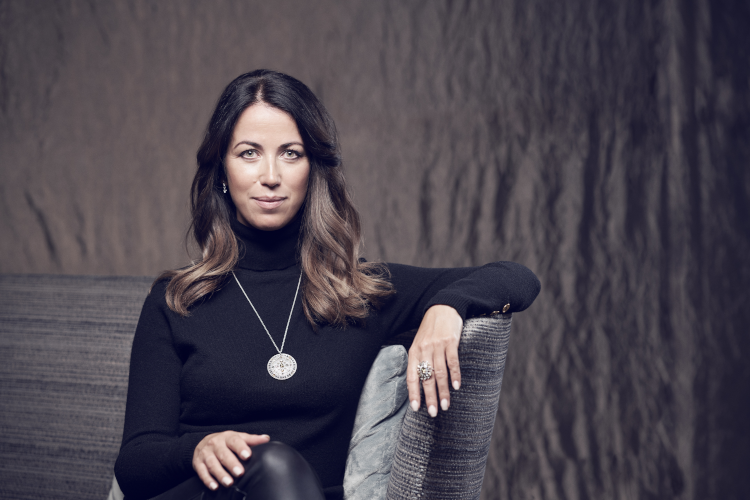
Hybrid approach
Despite all the advances jewelers have made toward inclusivity, fully relaxing gender lines can be difficult. Many customers still expect to shop the “old-fashioned” way: While 48% of Gen Z-ers in a 2018 McKinsey & Co. study said they valued brands that didn’t classify items by gender, only 38% of consumers in other generations agreed. Signet solved this problem by continuing to have men’s and women’s jewelry categories, but offering a genderless search option as well. “Our goal is to make it easier for the consumer,” Palermo says. “So if you want to shop by gender, then you have that option. If you want to shop by a specific product category, then you have that option, too.” Ben Bridge implements a similar strategy, according to Angela Hope, the company’s vice president of merchandising. “I wouldn’t say we don’t have any labels; we do. We want to quickly enable our customers to narrow down their search, so we do still have some of the traditional labels to help with that process, since we know customers do use them. That said, we are constantly pushing ourselves to innovate… and find other paths to make that process faster and easier in ways that someday may not involve labels at all.”
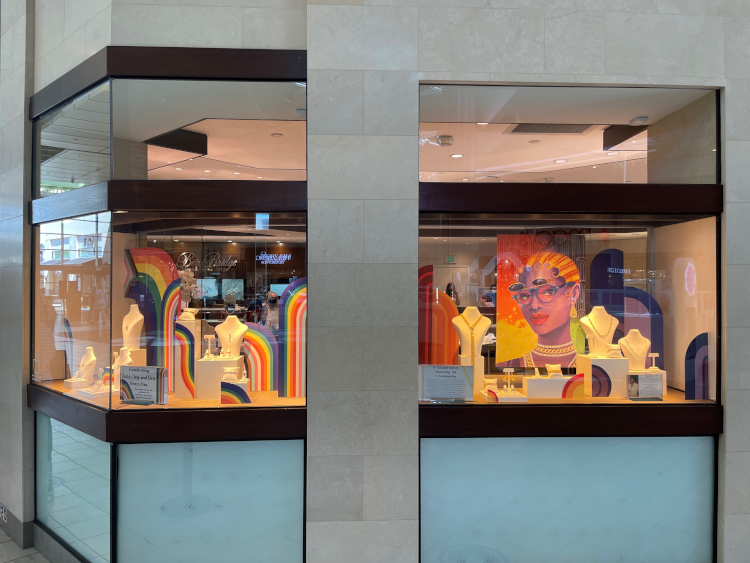
Important conversations
Trying to get it right can often involve getting it wrong. Many companies hesitate to change their marketing and promote inclusivity for fear of saying the wrong thing. But being afraid is no longer a valid excuse, marketers say.
“It’s scary to talk about some of these topics, because there is so much weight behind them, and they’re so important,” stresses Speicher. “But remaining silent is not the right path forward. If you come from a place of sincerity, you are trying, and trying counts. These are important conversations, and it’s easy to accidentally not say the perfect thing. It can for sure happen, but that’s not enough of a reason to be silent.” And if you do inadvertently make a misstep? Issue a sincere mea culpa, advises De Luca, and use it as a learning experience. Not owning up to it — or hoping you can lie low until it blows over — can have negative repercussions. “You have to apologize publicly and show that you are willing to make a change, because the mistake was not made intentionally, it was done out of ignorance,” she says. “Being humble is the most important thing, and I think [it] can actually become a turnaround point, like it was for Gucci.”
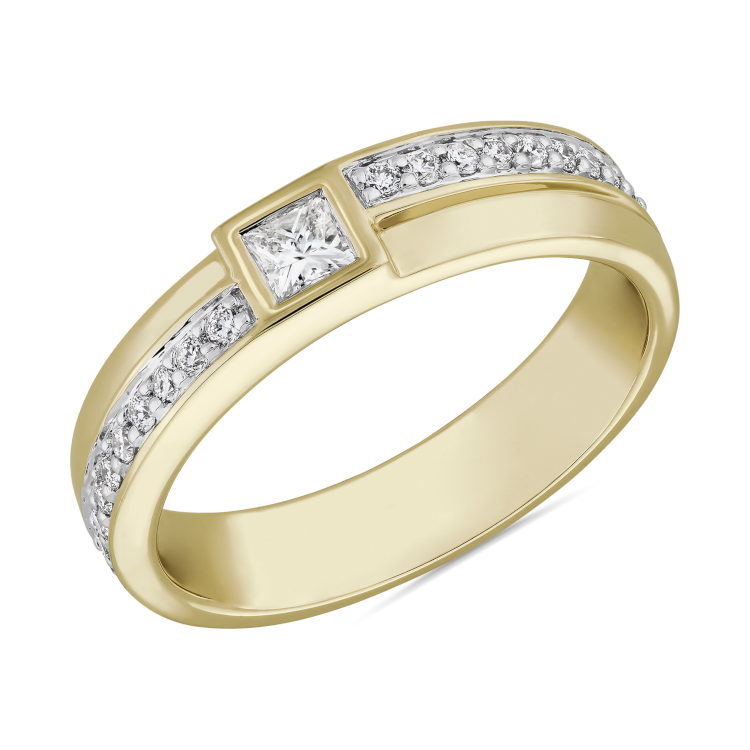
Main image: Cai Xukun, De Beers Jewellers brand ambassador. Photo: De Beers Jewellers.

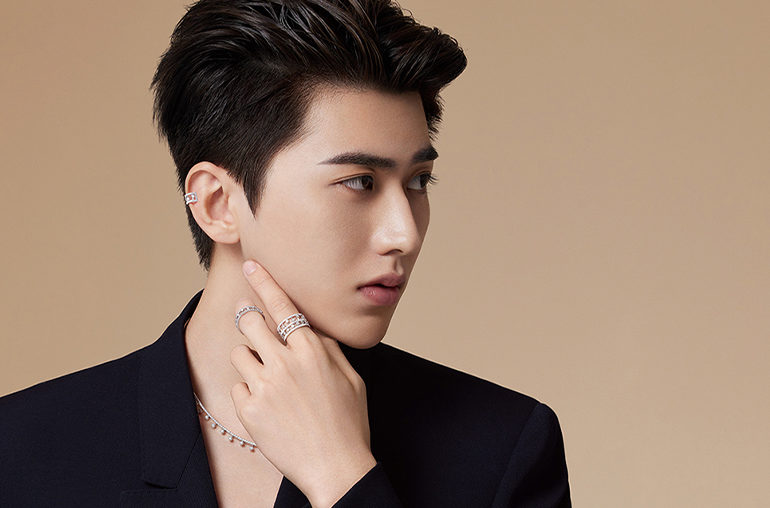
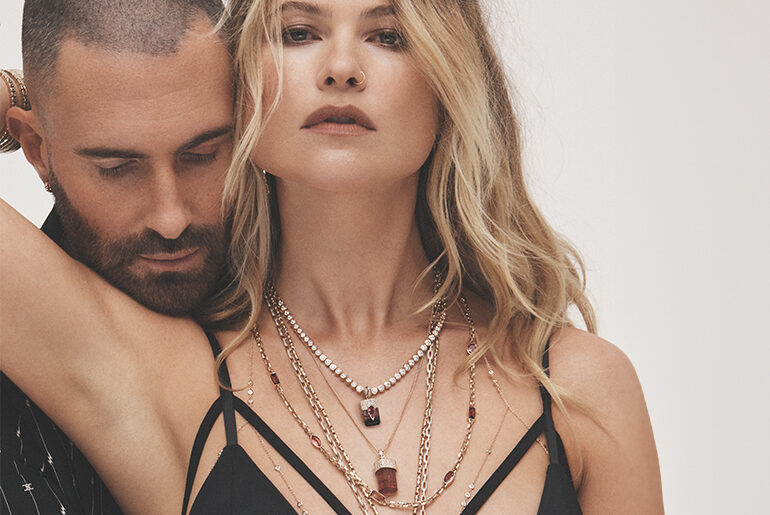
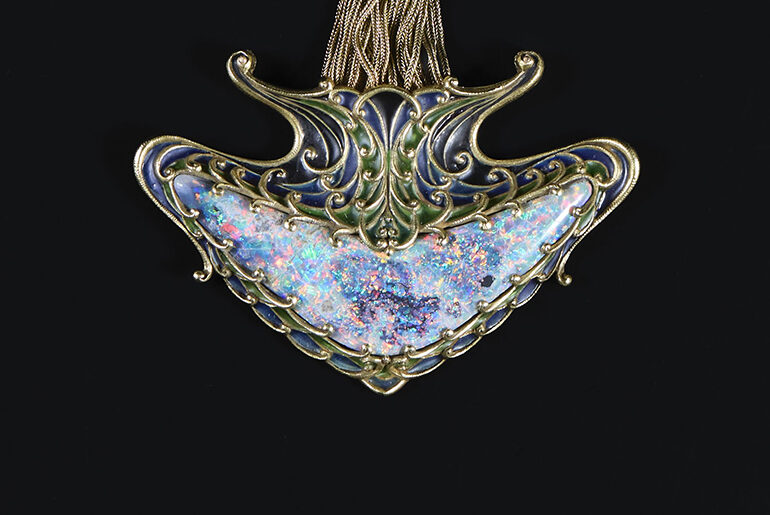
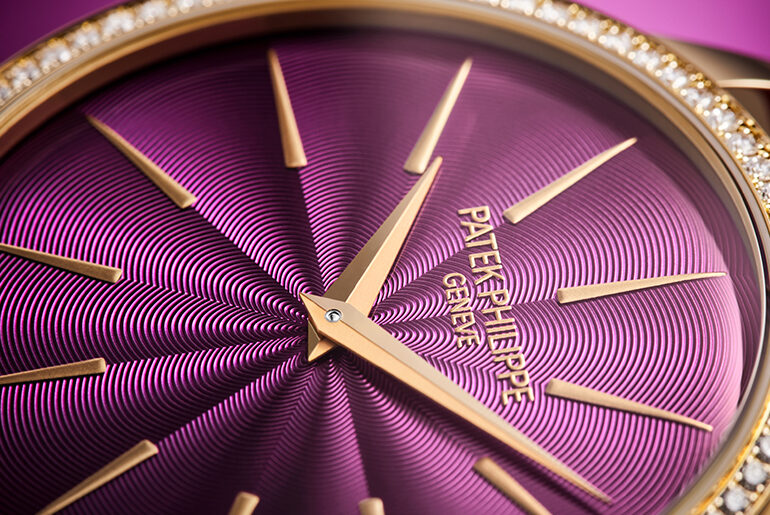
Comments are closed.